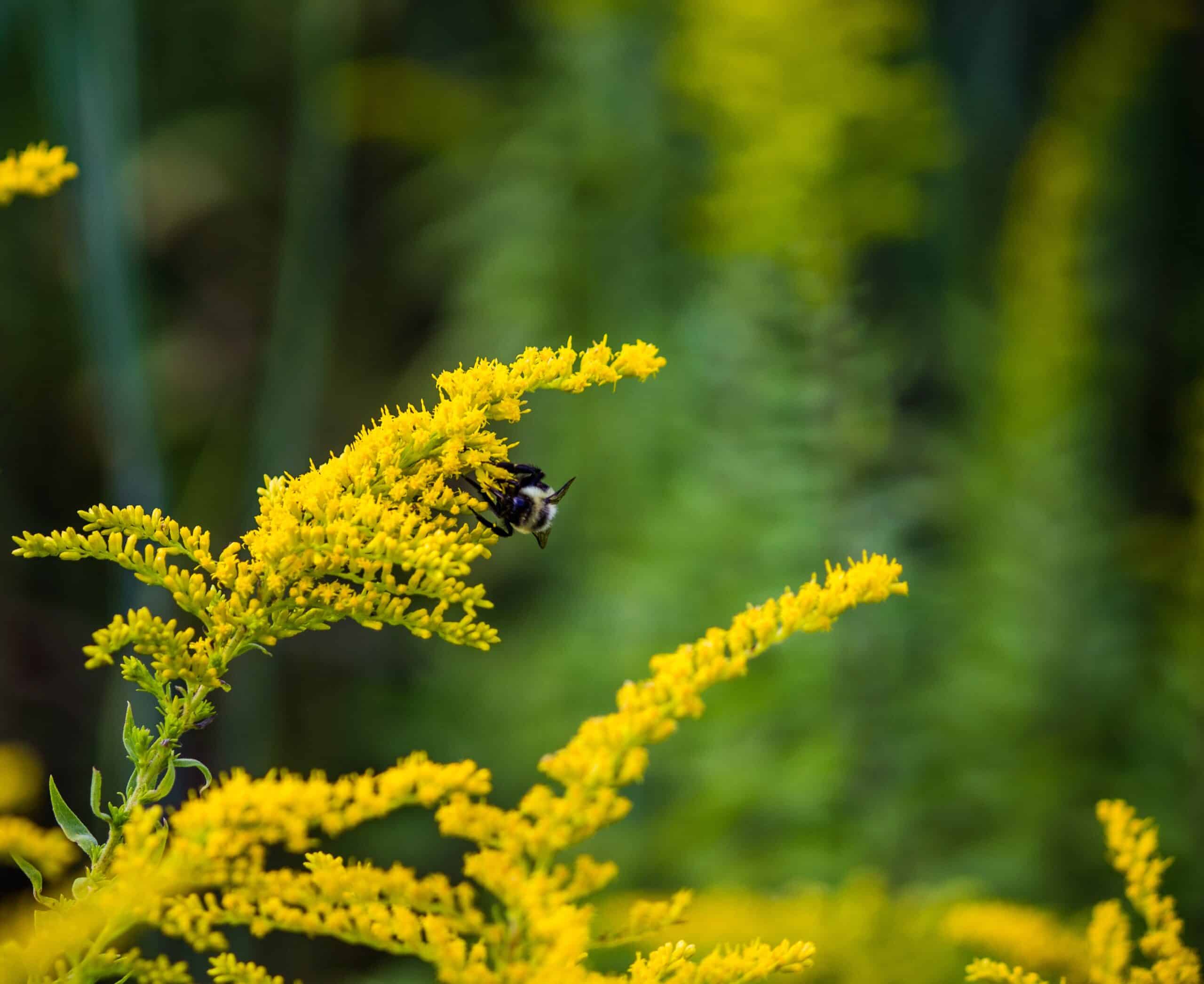The Kangaroo Paw (Anigozanthos flavidus) is a unique and native Australian flower that has many interesting features. The genus Anigozanthos is derived from the Greek words ‘anisos’ which means ‘uneven or irregular’, and ‘anthos’ meaning ‘flower’ – an appropriate name for this uniquely shaped bloom.
Family
Anigozanthos flavidus belongs to the Haemodoraceae family.
Plant Type
Kangaroo Paw is a perennial.
Mature Size
Kangaroo Paw plants are typically between 1 – 1.5m in height and 1 – 1.5m in width.
Sun Exposure
Kangaroo Paw prefers full to partial sunlight. It will do best if it receives no less than 5 hours of direct sunlight.
Soil Type
Kangaroo Paw prefers a soil that is well-draining, slightly acidic and with a pH level between 5.5 to 7. It should also provide some shelter from the wind during gusts.
Soil pH
Kangaroo paw prefers a slightly acidic soil with a pH level between 5.5 to 7.
Bloom Time
Kangaroo Paw flowers from late winter through early summer.
Flower Color
Kangaroo Paw has unique and eye-catching blooms that can be yellow, orange, pink, red, or green.
Hardiness Zones
Kangaroo Paw is hardy in USDA hardiness zones 9 to 11.
Native Area
Kangaroo Paw is native to Australia and found in the warmer, drier regions of the western and southern coasts, as well as inland in some areas.
Meaning and Symbolism
Kangaroo Paw carries a special meaning for those in the Australian Royal Military. It has been used to symbolize courage and sacrifice, which are the two core values of the Royal Military.
History, Mythology, and Religious Significance
Kangaroo Paw has been an important symbol in Indigenous Australian art and mythology since ancient times. In some Aboriginal cultures, the paw had a significant spiritual significance as a symbol of strength, fertility, and protection. In other cultures, it was seen as an amulet of good luck and a tool for warding off bad luck.
Flower Varieties and their Defining Characteristics
There are several varieties of Kangaroo Paw that differ in size, shape, and color.
- Anigozanthos flavidus ‘Bush Gold’: This variety is bright golden-yellow. The flowers are slimmer and more pointed than other varieties.
- Anigozanthos flavidus ‘Bush Sunset’: This variety has bi-color blooms of yellow and orange.
- Anigozanthos flavidus ‘Bush Charisma’: This variety produces flower stalks with orange-red blooms.
- Anigozanthos flavidus ‘Bush Emerald’: This variety has striking, emerald-green blooms.
- Anigozanthos flavidus ‘Bush Dynamite’: This variety has blossoms in vivid shades of red.
How to Plant and Grow Kangaroo Paw?
Kangaroo Paw prefers a well-drained, slightly acidic soil with a pH between 5.5 and 7. The soil should receive both full sun and partial shade throughout the day, with no less than 5 hours of direct light. Water Kangaroo Paw infrequently but consistently enough to keep the soil evenly moist. In the winter, reduce watering to weeks. Temperatures should be between 60-75°F during the day. Feed Kangaroo Paw monthly with an all-purpose fertilizer throughout the active growing season.
How to Pot and Repot?
Kangaroo Paw should be potted in a well-draining pot using a light potting mix. Make sure to select a pot with plenty of space for the roots to spread out. For example, for a mature Kangaroo Paw plant, use a 15-20 inch pot with drainage holes. Fill the pot about three-quarters full of the potting mix and then gently place the plant in the pot. Fill in the container with the remaining potting mix and water it thoroughly. Repotting should be done every 2-3 years.
How to Prune?
Kangaroo Paw plants should be pruned once or twice a year, in the early spring before new growth begins and again after flowering. Start by pruning away any dead or damaged stems. Next remove any old foliage that is brown and wilted or dead. Finally, give the shape of the plant its desired shape by cutting away excess leaves or stems that are too long.
How to Propagate?
Kangaroo Paw can be propagated using stem cuttings. To do this, select a healthy stem from the plant with 3-4 nodes along the stem. Dip the cut end of the stem in rooting hormone and place in a potting mix. If necessary, cover the pot with clear plastic. Be sure to keep the soil moist and in a few weeks, you should have new roots. After that, remove the plastic and water normally.
Common Pests and Diseases
Kangaroo Paw is generally disease free but can be susceptible to a few pests such as aphids, caterpillars, and mealybugs. These pests can be removed with a stiff brush or mild soap and water solution and insecticidal soaps. They can also be kept out of the garden with effective balance of beneficial insects and proper cultural care.
Frequently Asked Questions about Anigozanthos flavidus
- Q: Is Kangaroo Paw easy to care for?A: Yes, Kangaroo Paw is fairly easy to care for. As long as you provide it with adequate soil drainage and the right amount of sun and water, it will grow without any problems.
- Q: Will Kangaroo Paw survive a frost?A: No, Kangaroo Paw is not frost hardy and will not survive in temperatures below 20°F. It should be moved indoors or to a sheltered area where it is safe in colder months.
- Q: Does Kangaroo Paw flower more than once?A: Yes, Kangaroo Paw will produce blooms over a long period of time.
Fact Sheet
| Kangaroo Paw | Anigozanthos flavidus |
|---|---|
| Family | Haemodoraceae |
| Plant Type | Perennial |
| Mature Size | 1 – 1.5m in height, 1 – 1.5m in width |
| Sun Exposure | Full to partial sun, minimum 5 hours direct sun |
| Soil Type | Well-draining, slightly acidic |
| Soil pH | 5.5 to 7 |
| Bloom Time | Late winter to early summer |
| Flower Color | Yellow, orange, pink, red or green |
| Hardiness Zones | 9 to 11 |
| Native Area | Australia |
What we love from Amazon this week
Buy these wonderful flowers directly from Amazon:















